Hello everyone here some pics of chameleon when she’s sleeping and awake. I have fed her a lot but since I got her around April and she was all ready a few months old. I’ve seen her shed only twice but I’m not exactly sure when they start laying there clutches of eggs
Attachments
-
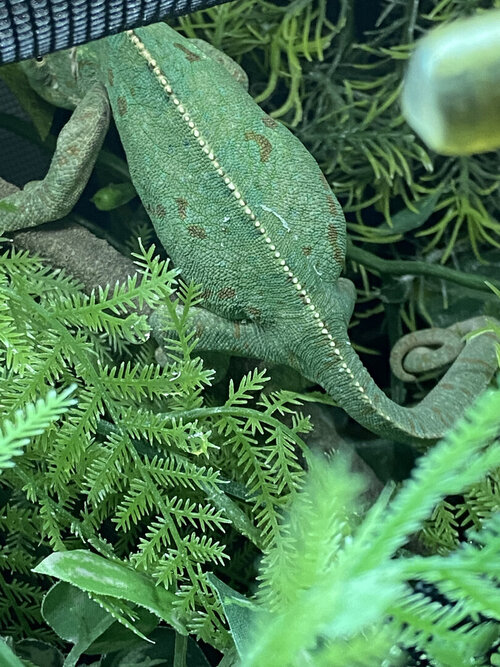 8FDB54A3-1C39-4F0A-BB9F-9F8C5E0C41F3.jpeg277.3 KB · Views: 142
8FDB54A3-1C39-4F0A-BB9F-9F8C5E0C41F3.jpeg277.3 KB · Views: 142 -
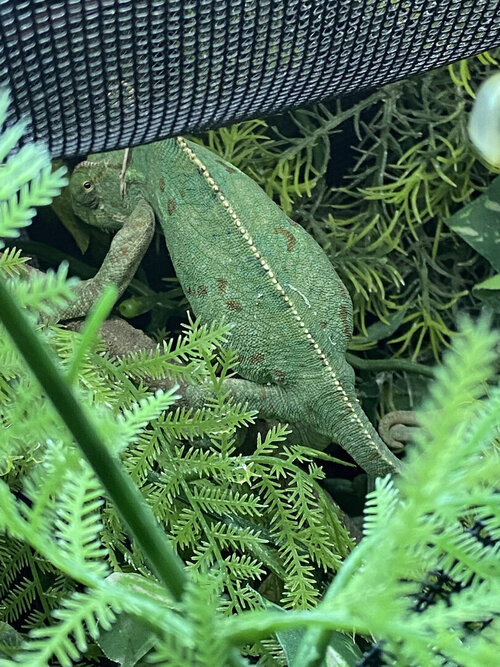 EA0229EF-0959-4A00-9D23-15D9EBB6FA01.jpeg304.5 KB · Views: 135
EA0229EF-0959-4A00-9D23-15D9EBB6FA01.jpeg304.5 KB · Views: 135 -
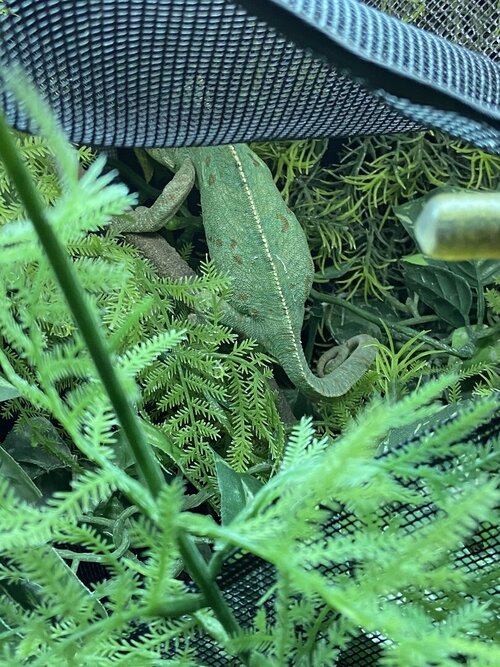 A18E726D-FDBD-42EA-9FBE-9E8F368DCEA5.jpeg272.4 KB · Views: 136
A18E726D-FDBD-42EA-9FBE-9E8F368DCEA5.jpeg272.4 KB · Views: 136 -
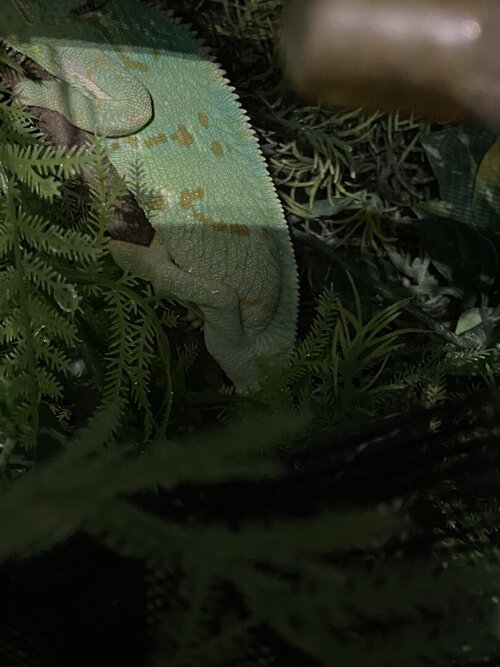 59A9ECCF-BE81-4837-A619-BC50B2EFD659.jpeg128.6 KB · Views: 140
59A9ECCF-BE81-4837-A619-BC50B2EFD659.jpeg128.6 KB · Views: 140 -
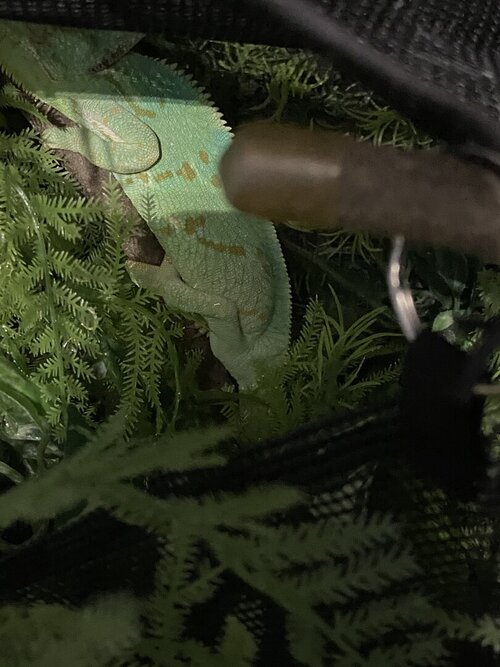 D2330AD8-F243-4040-98BF-05955CC08DE5.jpeg157.4 KB · Views: 139
D2330AD8-F243-4040-98BF-05955CC08DE5.jpeg157.4 KB · Views: 139 -
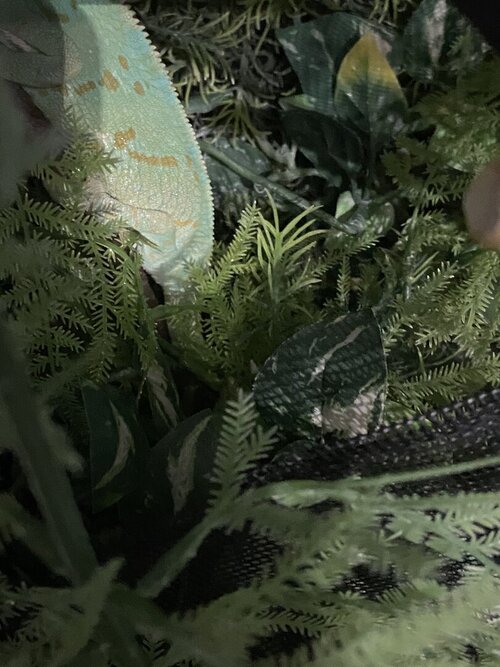 493AD1CF-C1AC-40A8-8224-53DF561BF5F0.jpeg173.8 KB · Views: 133
493AD1CF-C1AC-40A8-8224-53DF561BF5F0.jpeg173.8 KB · Views: 133






